In spite of the fact that customers had largely fled the passenger train in postwar America, many of those trains rolled on. Why? Because federal regulations mandated the service, even if there were few passengers and even if the trains lost money. The last element that subsidized passenger trains was railway mail. In 1967 the Postal Service canceled all “rail by mail” contracts; the final Railway Post Office route (New York City to Washington, D.C.) was killed 10 years later.
When these storm clouds were still in the distance, several attempts were made to draw passengers back to the rails by using fancy new high-speed equipment. One such example was the Metroliner. An electric train, it would hustle passengers between Washington, D.C., and New York City over track operated by the Pennsylvania RR, Penn Central, and Amtrak.
The other major idea of the day was the TurboTrain from United Aircraft (owner of jet engine maker Pratt & Whitney and Sikorsky Helicopters). I suppose the appeal was, in part, the train came from a firm known for building aircraft components, not trains, and therefore would have unconventional views that might help save the day.
United Aircraft didn’t change the course of passenger railroading, but the product it introduced wasn’t bad, as evidenced by the Turbo’s service history in Canada. What it did resoundingly accomplish was open the door to new thinking about materials, styles, and propulsion systems that allowed railroading to break away from the standard “everything has to look like the Broadway Limited” group-of-single-cars mindset.
Opening the box
The O gauge model of the United Aircraft TurboTrain developed by MTH Electric Trains is a pretty straightforward rig composed of three sections: a power car with a motorized truck and a single idler axle in the rear, a coach with a single axle, and a rear power car with a motorized truck. They are mated in a style similar to that of other streamliners like the M-10000 or the Zephyr with a shaft connecting to the next car and a tether ensuring electrical connectivity. Two rubber diaphragms are included to present a smooth, flowing appearance.
The control car design is a delightful combination of the styling of a dome car and a cab unit. The engineer rides high with an unparalleled view of the line, while a select group of passengers can see the U.S.A. the Turbo way. The rows right behind the crew are facing forward, and the rows in the rear half of the dome face the rear of the train.
Both of the control cars have motors and smoke units.
The rear, lower half of the car has seats and passengers that ride at a height they might have experienced on the old General Motors Aerotrain.
The nose flows into a gently rounded snout with recesses for headlights and classification markers. There are also recesses for two sort of pointy knobby things I’d like to think were rockets for clearing any obstacles from the right of way – but I’m probably over-thinking it.
There is an exceptionally nice level of cast-in rivet detail on the roof and in selected spots along the body.
There are cast-in screens and louvers as well as hatch and hinge detail. The overall smooth surface looks more like that of a Convair 880 than a passenger train.
The side windows are huge (think waist gunner on a B-17 kind of large), which would give the O scale passengers quite a view and would give layout guests a terrific peek inside the train as it passes. The passenger figures are easy to see, but I worried about the kid wandering down the aisle holding a baseball bat and glove! Is he planning a pop fly down the aisle?
Each unit has a single passenger access door on each side – but the design is so subtle, you may not notice it is a door the first time you look at it. This is an element of style that looks appropriate for an airliner – thus bolstering the airliner-like appearance.
The Amtrak/Department of Transportation paint scheme is superbly done. It is clean and crisp.
Connecting the rig
Connecting the train wasn’t difficult, but it certainly can be awkward.
One unit has a receptacle for a tether and a locking post to secure the following car. You need good light and good sight to be able to make the connection smoothly. Oh, skinny fingers help, too.
The tether is rather straightforward, the plug only fits in one way. When connecting the drawbar you can get a good, firm connection in a slightly off spot. The train will run, but the stripes won’t be in alignment with those on the other cars.
My greatest surprise was the long plastic torsion bars running between the cars. They aren’t supposed to be cosmetic, but they must be slid onto a stanchion and snapped into place. Yes, they can slide out while you’re making the connections. I managed to break one of the stanchions when trying to assemble it.
There are also two plastic pieces, bumpers I suppose, on the underside. I popped one of those off when trying to assemble the train as well.
I found that making connections while the train rested on its side atop a long towel (to avoid scratches in the finish) simplified the process. It takes a bit of fiddling, but if you can slip the bars in place before mating the cars and have nimble fingers and good eyes, you can make all the connections with a minimum of gruff language. Once the rig is all on the track, insert the rubber diaphragms. They fit snugly between the cars.
Once the train is together, it won’t come apart unless you have a catastrophic off-the-train-table-at-high-speed incident!
Firing it up
If you have ever been seated in the rear of, say, a Douglas DC-9 or a Boeing 727, the jet startup sounds will be familiar – smile-inducing familiar. This model sounds cool, and the turbine effect is more noticeable than on a Pennsy Turbine.
Let me comment that if you don’t have the smoke units primed with fluid and you run the train, you’ll have a potent smell and will ultimately damage the smoke unit by running it on empty.
Smoke and volume controls are on the underside of the power trucks.
When booting up the power unit, the turbine spools up, the interior lights and headlight come on and the nose strobe begins to flash. The interior lighting is the familiar blue of light-emitting diodes. I thought this looked good when compared with the standard harsh white glare of bulbs from bygone days. The light seemed to be indirect and easy enough on the eyes to let a 1:48 scale passenger read.
Running
This was the first train I can say appeared to glide along the right-of-way. I suspect this was because it rode so low to the track, and the lack of a gap beneath the cars made the outfit appear “one with the rails.” It looked pretty darned nice.
O-72 diameter curves are required for this train, but I had the feeling it would look even more majestic running through something a wee bit wider.
The train runs quietly as well, six axles (and 12 wheels) versus 12 axles and 24 wheels of a comparable conventionally designed three-car train make quite a difference in the clickety-clack.
While I got a kick from the turbine engine sounds, the horn, bell, and crew chatter are standard fare for an MTH model. The smoke units will have you going through the magic elixir pretty quickly! Be sure you have a room air filter running for this baby.
Our command-mode low-speed average was .84 scale miles per hour, while the conventional mode was somewhat higher at 8 scale mph. Our high-speed average was a blazing 106 scale mph.
Did I like it? Well, lets just say that I had a grin on my face most of the time I was running it. I never saw a real Turbo in action, but this is the next best thing.
The MTH United Aircraft TurboTrain replicates a train that, 40 years after it hit the rails, still has the look of the future about it. The train sounds great, the large windows give you a unique view of the interior, and it was very impressive rolling through a curve.
Features: O-72 operation, two can-style motors, smoke units, interior illumination, ProtoSound 3.0





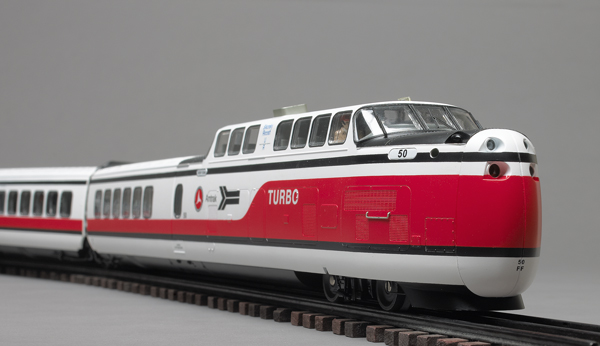

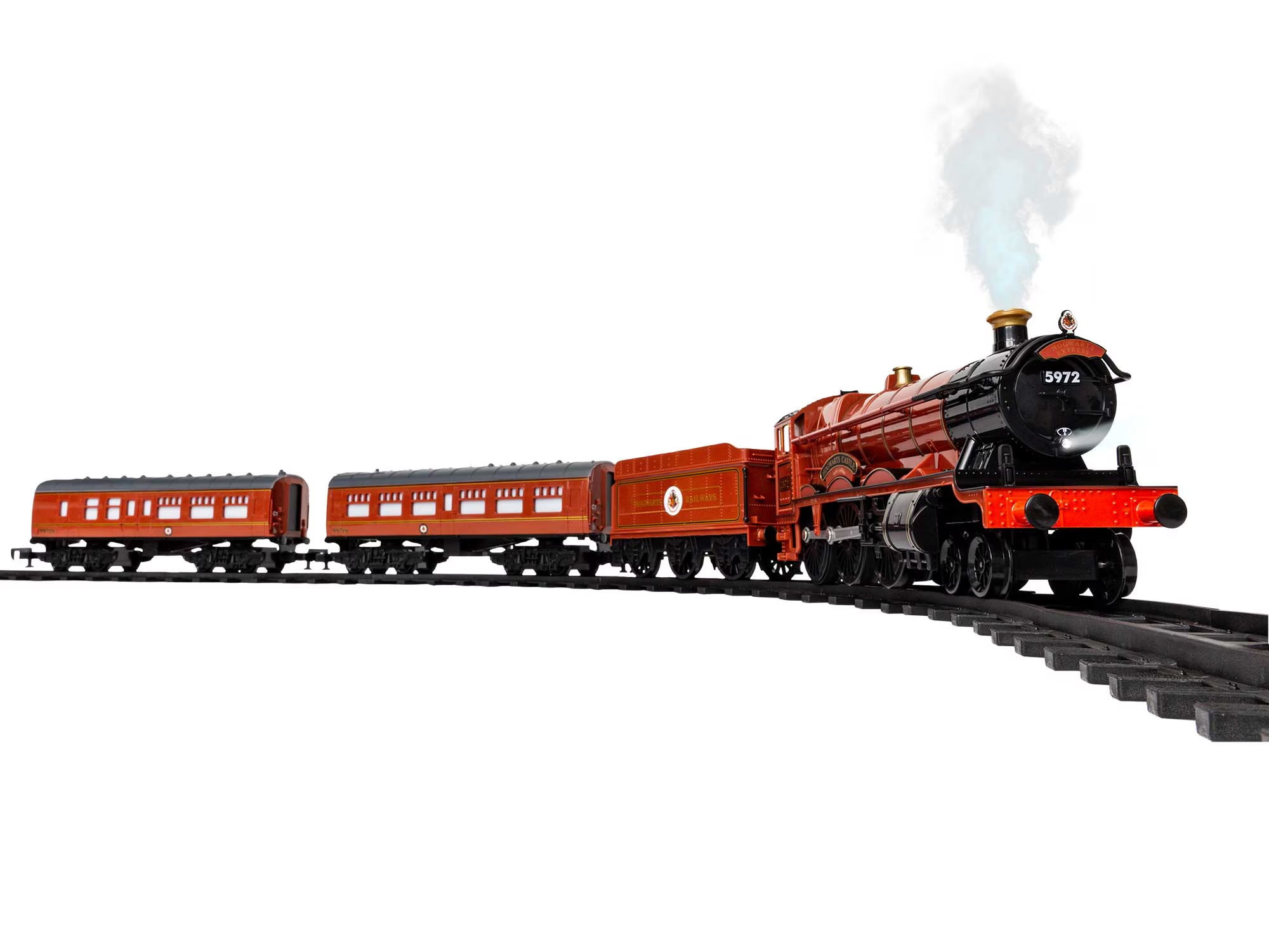
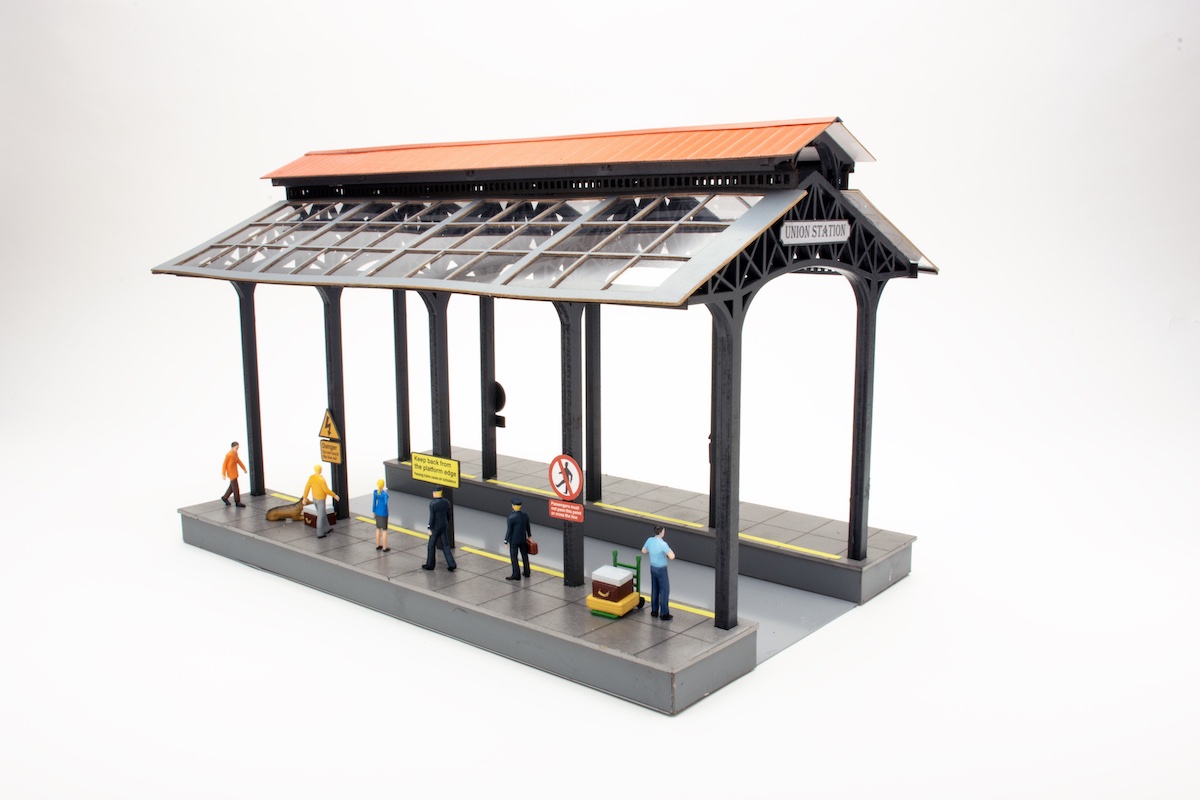
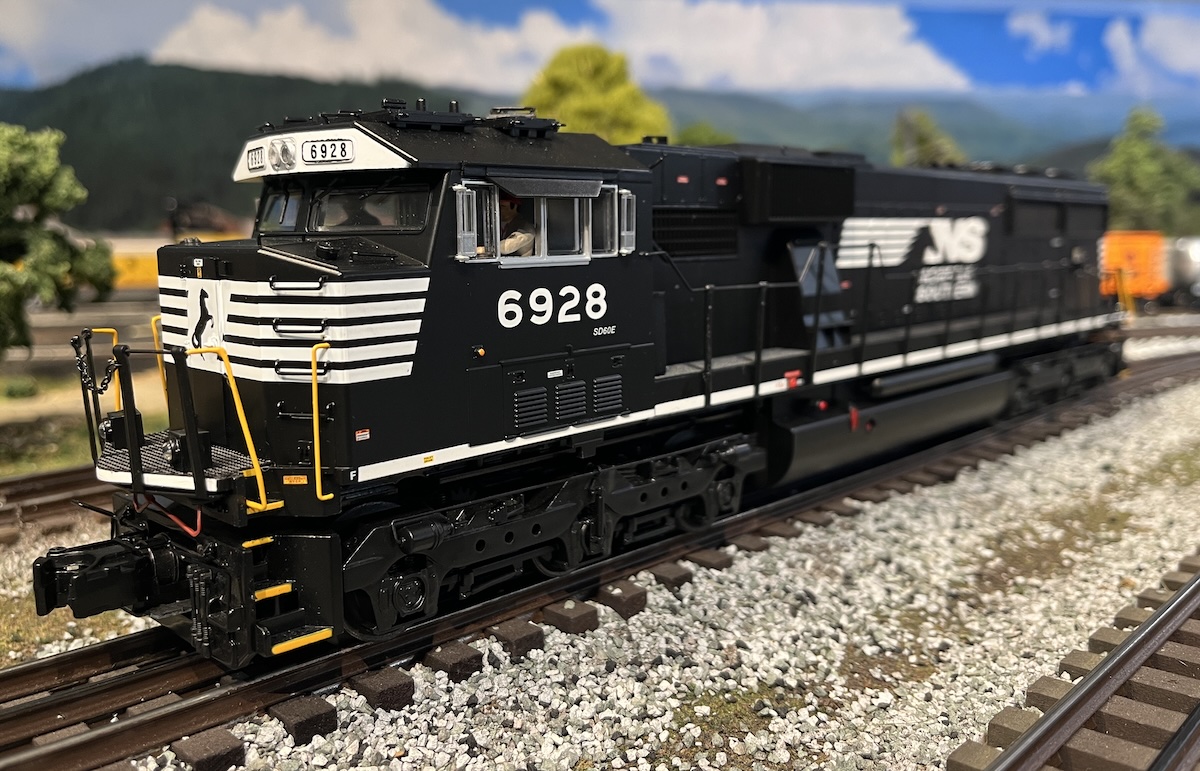
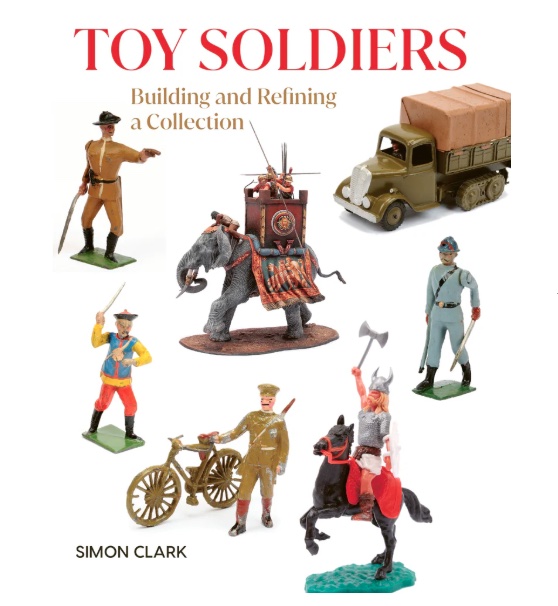




Wow, what a different looking train! Looks like the quality is on par with MTH products. Nice looking layout Bob, would like to see more of it, really piqued my interest!
Terrific article–as always. I was pretty disappointed when I watched its companion video though–no smoke. The sound was pretty cool, kind of like a coffee grinder once it wound up a bit. I loved your layout, or at least as much of it as we could see in this short video. Thank you for letting us see it.
Best, Tom